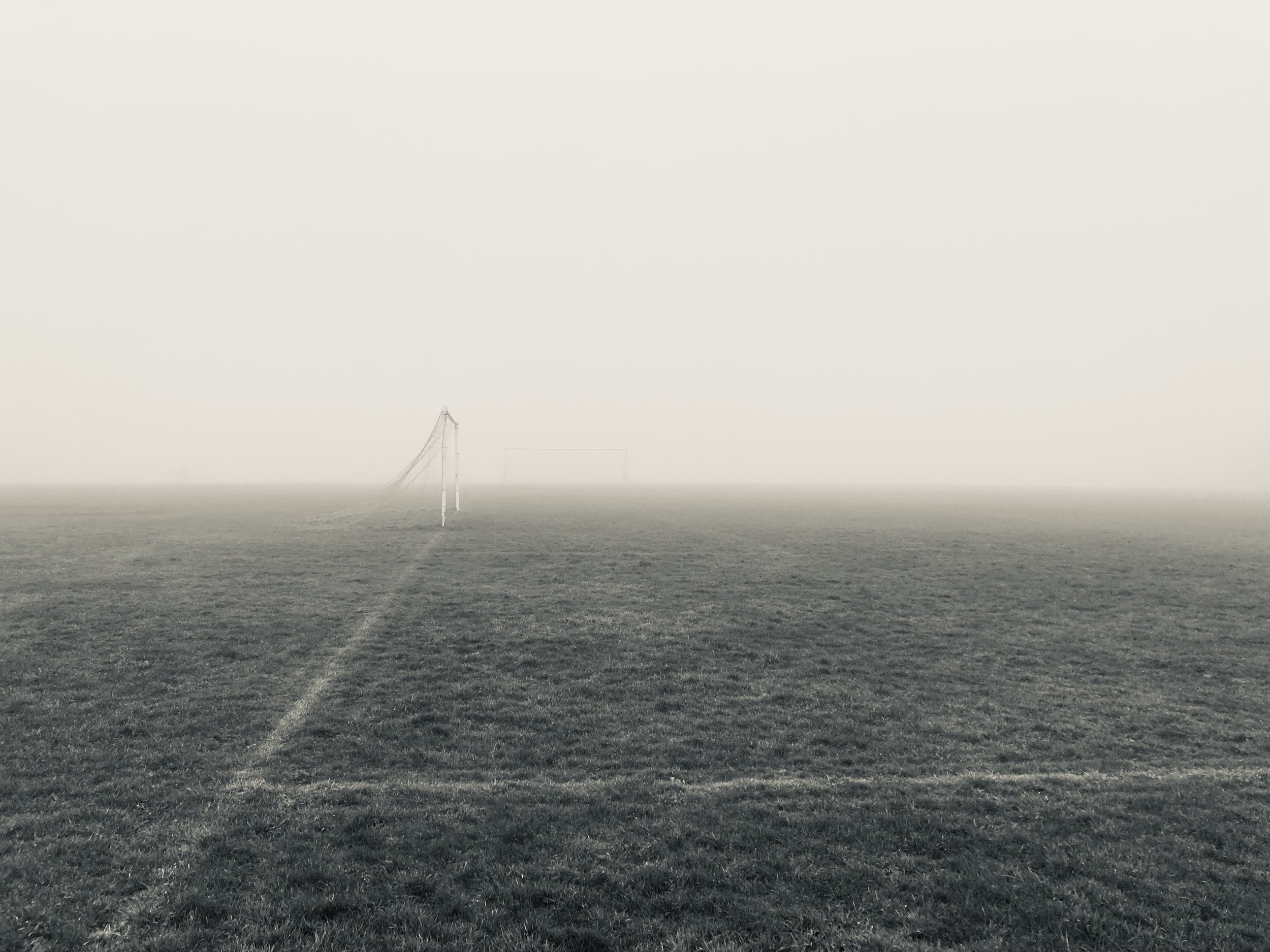In the realm of contemporary art, one intriguing creation that delves into the utilization of various shades of acrylic, prominently featuring blues and greens, is the captivating piece titled "An Ode to Abstract." This nature-inspired abstract art is the brainchild of the talented artist Aaron Kuriakose. In this article, we embark on a journey to explore Aaron's artistic approach, which embraces the current trend of employing acrylic paints in a myriad of shades to craft imaginative and visually stimulating artworks inspired by the natural world.
Conceptual art has been witnessing a growing fascination with the incorporation of darker shades, particularly within the context of nature-based abstract works. Acrylic paint stands out as a preferred medium for artists exploring this style. Its versatility allows artists to skillfully construct layers of depth and texture, employing a wide spectrum of tones that range from subtle grays, greens, and blues to profound purples, rich mustards, and bold rouge hues. The outcome of these creative endeavors often exudes a sense of liberation, imbuing the art with an ethereal quality that skillfully captures the raw power and exquisite beauty inherent to the natural world.
Through Aaron Kuriakose's "An Ode to Abstract," we are provided with a vivid example of how contemporary artists are pushing the boundaries of artistic expression. By harnessing the potential of acrylic paint in a rich array of shades, artists like Aaron are able to encapsulate the enchantment of nature within the realm of abstraction, leaving viewers awe-inspired and contemplative in the presence of these remarkable works of art.
Aaron articulates that many artists are naturally drawn to the use of darker shades in nature abstract art due to the unique opportunity it affords them to explore and wield intricate, enigmatic details in their work. Moreover, he emphasizes that the utilization of dark shades in the realm of nature abstract is by no means restricted to acrylic painting alone. Various other artistic mediums, including charcoal, oil, dry media, ink, and more, find extensive application in this style. Nevertheless, Aaron highlights the remarkable flexibility of acrylic paint as a medium, particularly for beginners seeking to craft abstract pieces with an atmospheric quality that authentically captures the essence of the natural world.
For instance, through the strategic use of shades like black, dark green, and deep violet, artists of all levels of experience can create paintings that evoke sensations of foreboding, mystery, and a dreamlike ambiance. These emotions frequently find resonance in nature, especially within the wild and untamed aspects of landscapes. What is needed is a wellspring of inspiration and the confidence to trust in one's creative instincts.
In Aaron's own artistic journey, he has masterfully harnessed this style, employing acrylic paint to craft landscapes and seascapes that employ a rich palette of diverse shades. He demonstrates a particular affinity for narrating stories through depictions of skies, sunsets, and shadowy valleys. His mastery of different brushstroke techniques effectively conjures the lushness of grass, the ethereal quality of clouds, and the textural depth of the sky in his works. Through his paintings, Aaron succeeds in kindling a sense of excitement and instilling a profound fascination in the hearts of his viewers.
One notable example is his "Blue Sky" painting, which powerfully captures the essence of freedom, happiness, and unbridled expression. A blue sky, in its boundless expanse, evokes feelings of openness and infinite possibility, as if all aspirations are attainable. This sentiment has been a perennial source of inspiration for artists across diverse mediums, each using it as a backdrop to convey the limitless potential inherent in artistry.
In closing, Aaron Kuriakose leaves us with an inspirational message: "Feel and indulge in the artwork that you are creating because you never know whether you are making a masterpiece or a work in progress." This encapsulates the essence of artistic creation — a journey where each stroke of the brush and every shade of color contribute to the evolving narrative of an artist's unique and boundless creativity.























